Hollywood’s Beloved and Its Controversial

Hollywood has always thrived on larger-than-life personalities — stars who captured hearts with their talent, charisma, and unforgettable roles. But just as quickly as some were lifted up, others fell from grace, undone by scandal, missteps, or changing times. This collection looks back at 70 iconic figures: 44 beloved performers whose work continues to inspire, and 26 whose legacies are complicated, tarnished, or overshadowed. Together, they tell the story of fame at its brightest and most fragile, reminding us how the spotlight can both celebrate and consume.
Our Beloved Stars List
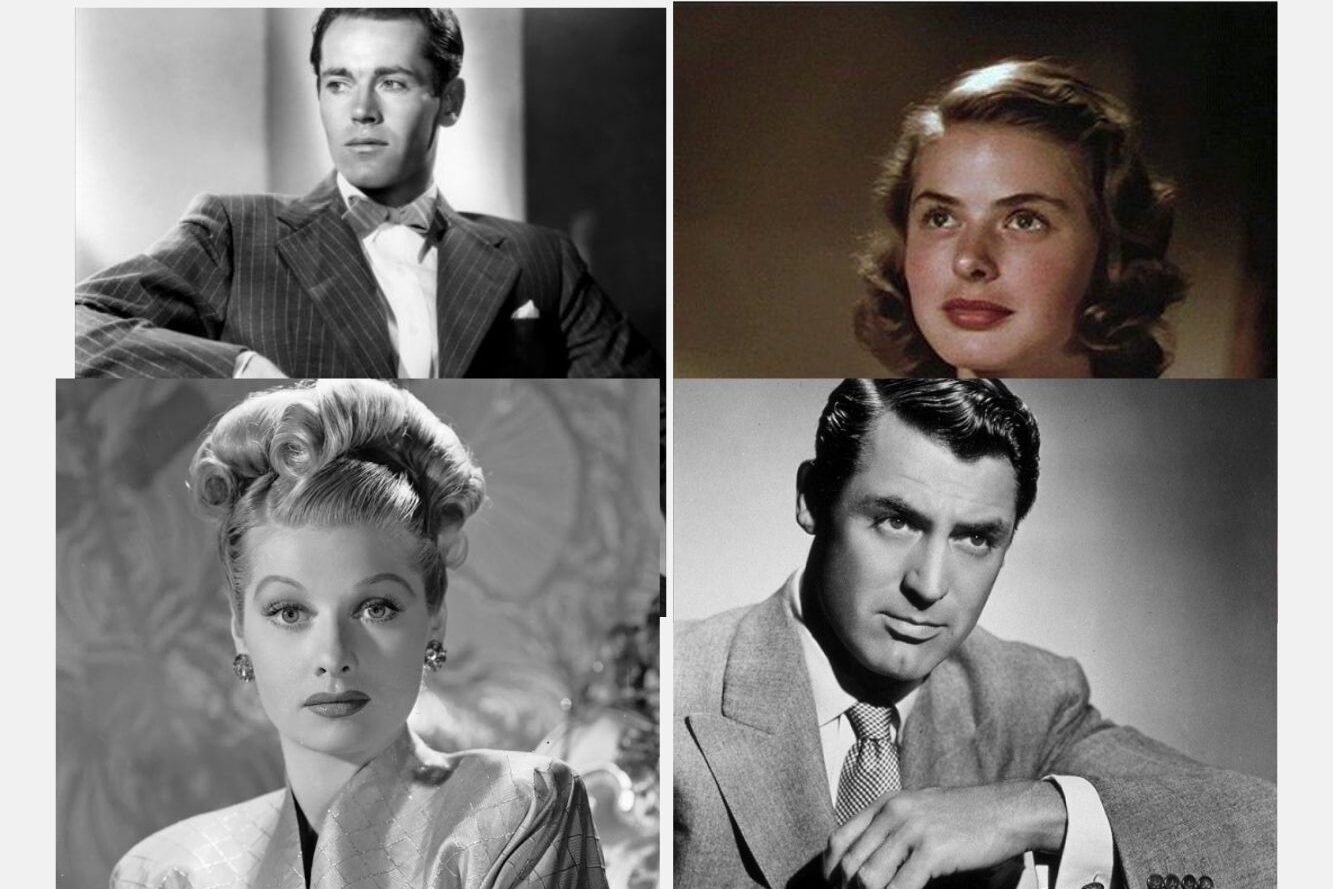
Hollywood has always been a place of dreams, where stars shine bright, sometimes forever, sometimes just for a fleeting moment. These are the performers who captured hearts with their talent, charisma, and unforgettable presence — the 44 stars Hollywood truly loved.
1. Jimmy Stewart
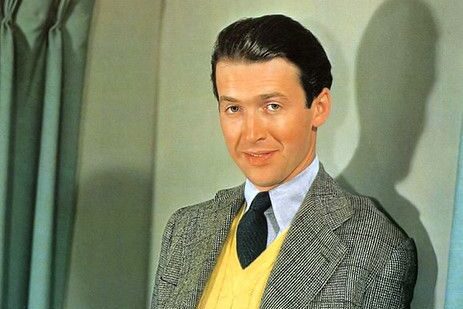
Jimmy Stewart was the kind of actor who made decency feel heroic. His gentle drawl and humble nature carried through in unforgettable roles like “It’s a Wonderful Life” and “Mr. Smith Goes to Washington.” Off-screen, he proved his courage by flying combat missions in World War II, making his reputation even more admirable. Audiences never doubted his sincerity, and his friends often said he was exactly who he appeared to be on-screen. Hollywood loved him because he represented the best of what people hoped to see in life itself, a quiet strength wrapped in kindness.
2. Katherine Hepburn
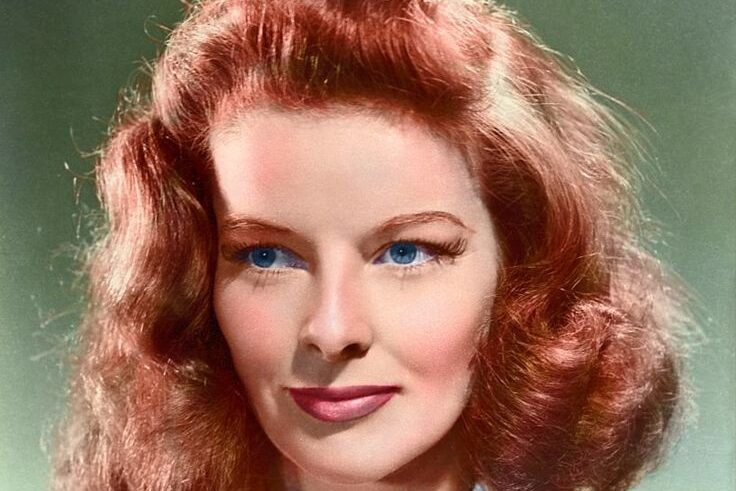
Katharine Hepburn refused to be boxed in. With her quick wit, sharp voice, and strong sense of independence, she became one of the most respected actresses of her time. She famously wore trousers when women were expected not to and carried herself with fearlessness. From “The Philadelphia Story” to “On Golden Pond,” her brilliance shone through every role. She collected four Academy Awards, a record that still stands, but her influence was about more than trophies. Hollywood loved her because she made individuality look powerful and showed women they could succeed while standing completely on their own terms.
3. Cary Grant
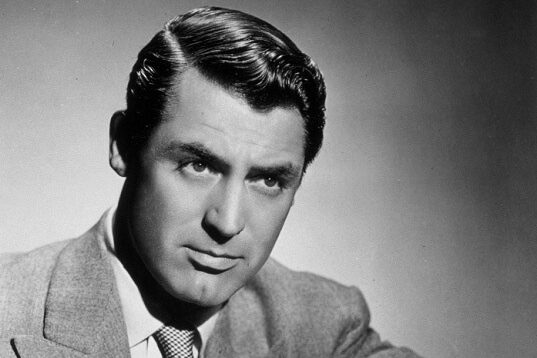
Cary Grant made charm look effortless. Whether he was cracking jokes in “Bringing Up Baby” or outsmarting danger in “North by Northwest,” he carried himself with sophistication and wit that made him magnetic. He became the model for suaveness, the man everyone admired and wanted to be. Off-screen, he was known for generosity and grace, rarely showing ego despite his fame. His balance of humor, elegance, and humility made him a favorite to both colleagues and audiences. Hollywood loved him because he embodied glamour while keeping it human, a reminder that style and substance could live side by side.
4. Audrey Hepburn
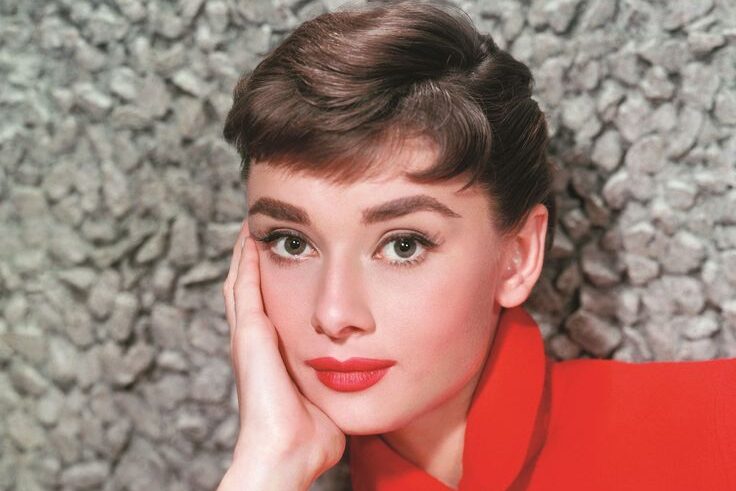
Audrey Hepburn embodied grace in every sense. Her roles in “Roman Holiday” and “Breakfast at Tiffany’s” made her a global star, but it was her humanitarian work that made her unforgettable. She spent years traveling with UNICEF, helping children around the world with the same passion she once gave to acting. Her kindness and poise became her true legacy, shining even brighter than her beauty. She carried elegance like second nature, both on-screen and off. Hollywood loved her because she showed that compassion and style together could create a legacy more powerful than fame alone.
5. Sidney Poitier
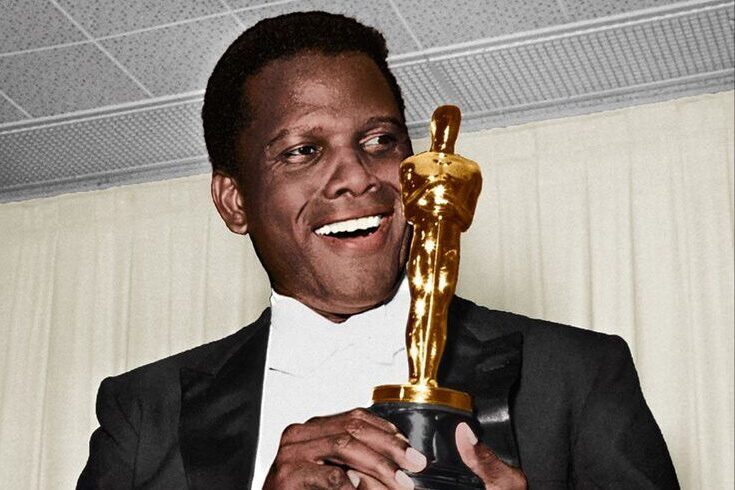
Sidney Poitier opened doors that had been closed for too long. As the first Black actor to win an Academy Award for Best Actor, he became a symbol of progress and pride. Films like “Guess Who’s Coming to Dinner” and “In the Heat of the Night” confronted stereotypes with strength and dignity. He carried himself with the same grace off-screen, admired for his integrity and leadership. His impact went beyond cinema, touching the cultural landscape of America itself. Hollywood loved him because he brought humanity and change to the screen, proving talent could reshape history.
6. Fred Astaire
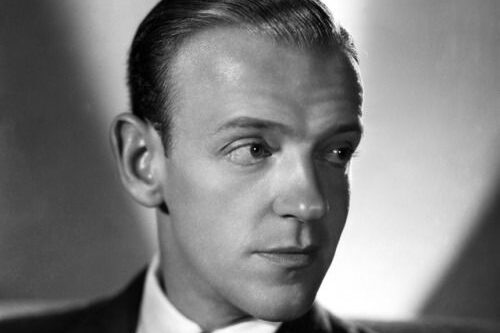
Fred Astaire made dance look like floating. His light movements, perfect timing, and charm created some of the most joyful moments in film history. His partnership with Ginger Rogers gave audiences a magic that still feels timeless. He was called the greatest dancer in film, yet he always stayed modest about his skill. What made him so adored was not just his technique but the happiness he brought through movement. Hollywood loved him because he turned dancing into a language everyone could understand, one filled with laughter, rhythm, and a touch of magic.
7. Elizabeth Taylor
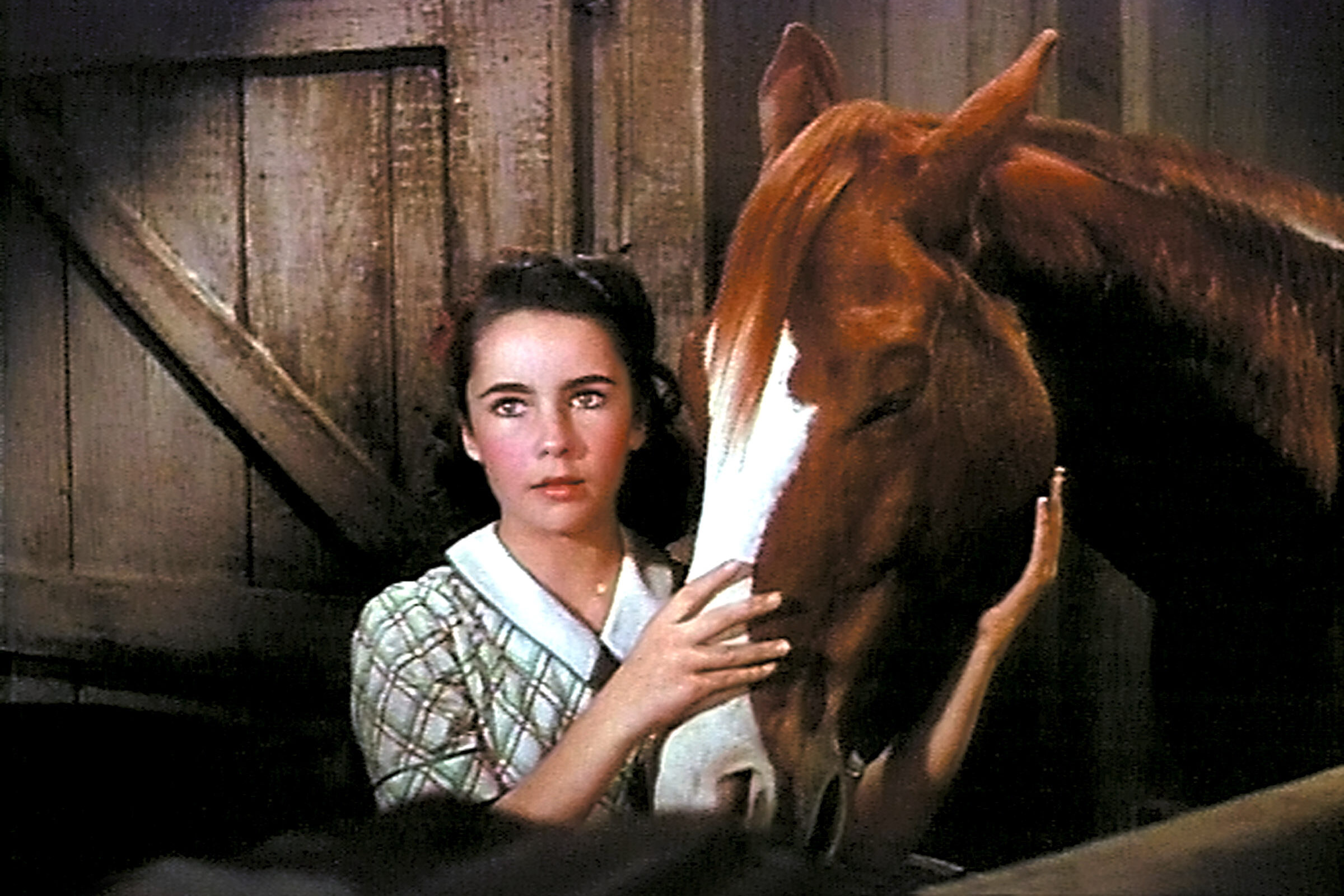
Elizabeth Taylor dazzled audiences with her beauty and extraordinary talent. From “Cleopatra” to “Who’s Afraid of Virginia Woolf,” she proved herself as more than just a glamorous star. Beyond the screen, she became one of the first celebrities to champion AIDS awareness, bringing attention to a cause many ignored. She carried herself with strength through personal struggles and used her fame for something greater. Her mix of glamour, resilience, and compassion made her unforgettable. Hollywood loved her because she wasn’t just a star but someone who gave back, leaving an impact that stretched far beyond film.
8. Gregory Peck
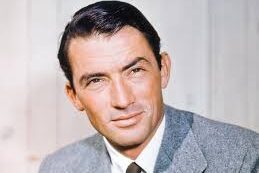
Gregory Peck was the embodiment of honor. In “To Kill a Mockingbird,” his role as Atticus Finch became a symbol of justice and decency that still resonates today. His calm strength and moral gravitas seemed to follow him off-screen too, where he actively supported humanitarian causes. Colleagues admired him as a true gentleman, someone who practiced the values he portrayed. His career was built not just on talent but on integrity. Hollywood loved him because he was both authentic and admirable, showing that character mattered as much as performance in making an actor unforgettable.
9. Marilyn Monroe

Marilyn Monroe carried a mix of beauty and vulnerability that captured the world. Known for “Some Like It Hot” and “The Seven Year Itch,” she proved herself a gifted comedian while often underestimated as just another pin-up. What set her apart was her humanity, the way she showed insecurity beneath the glamour. Fans connected with her fragility as much as her smile. Despite her struggles, she remains a cultural icon. Hollywood loved her because she was more than a starlet; she was someone who made imperfection relatable and unforgettable. Her legacy glows with both brilliance and vulnerability.
10. Humphrey Bogart
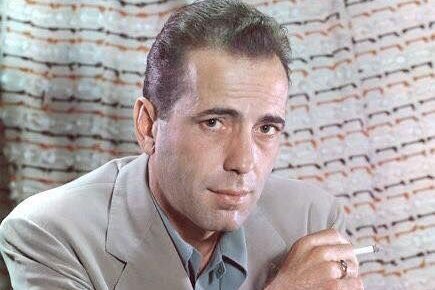
Humphrey Bogart carried a rugged charm that made him an icon of classic Hollywood. His gravelly voice and tough persona came alive in “Casablanca” and “The Maltese Falcon,” where he played heroes who were hard but never heartless. His romance with Lauren Bacall off-screen became as legendary as his films, adding warmth to his image. He represented grit with depth, a balance that few actors could manage. Hollywood loved him because he showed that strength and vulnerability could coexist, leaving behind a legacy that blended coolness with humanity. His presence defined a golden era of film.
11. Paul Newman

Paul Newman brought both charisma and compassion into Hollywood. With unforgettable roles in “Cool Hand Luke” and “Butch Cassidy and the Sundance Kid,” he became a star whose piercing blue eyes captured attention instantly. Yet his philanthropy through Newman’s Own, which donated millions to charity, showed his true legacy. He lived with humility, saying he simply wanted to be remembered as someone who tried. His mix of talent, generosity, and authenticity kept audiences loyal. Hollywood loved him because he proved being a movie star could also mean being a remarkable human being who cared deeply.
12. Julie Andrews
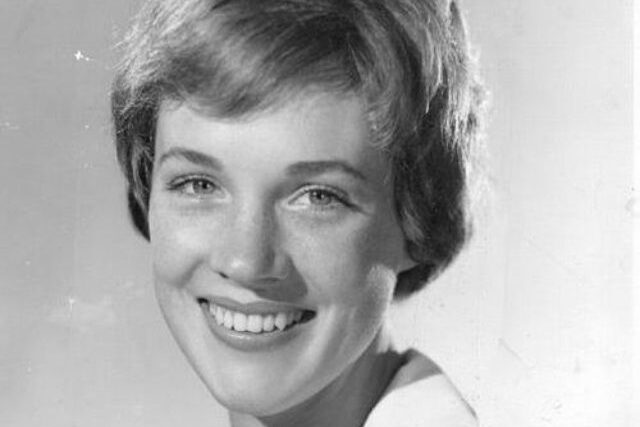
Julie Andrews had a voice that felt like sunshine. Her roles in “Mary Poppins” and “The Sound of Music” brought warmth and joy to generations. Her crystalline singing and cheerful presence seemed untouchable until surgery took away her ability to perform vocally. Instead of retreating, she reinvented herself as a children’s author and voice actress, showing resilience in the face of loss. Her grace and positivity kept her beloved by fans. Hollywood loved her because she represented light, kindness, and perseverance, reminding everyone that real talent includes strength when life changes unexpectedly.
13. Gene Kelly
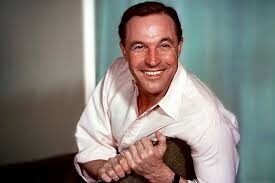
Gene Kelly brought athleticism and energy to dance in film. Unlike the elegance of Astaire, Kelly’s style was bold, vibrant, and filled with power. His unforgettable performance in “Singin’ in the Rain” made him a household name, inspiring countless audiences to fall in love with musicals. Off-screen, his creativity and warmth made him a favorite among peers. He turned dance into something approachable and fun, proving it could be both masculine and joyful. Hollywood loved him because he changed the way audiences experienced music and movement, leaving behind a legacy full of rhythm and spirit.
14. Rita Moreno
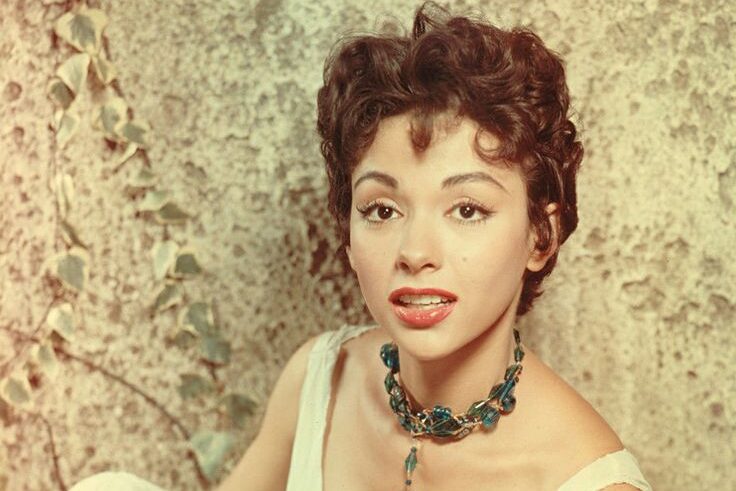
Rita Moreno blazed trails as one of the first Latina actresses to win major Hollywood recognition. Her performance in “West Side Story” earned her an Academy Award, and she went on to achieve the rare EGOT status, showing her unmatched versatility. She faced discrimination but pushed forward with resilience and charisma that made her unforgettable. Audiences admired her passion, and younger performers saw her as proof that barriers could be broken. Hollywood loved her because she refused to be limited, proving talent knows no boundaries and representation mattered long before the industry began speaking about it.
15. Robin Williams
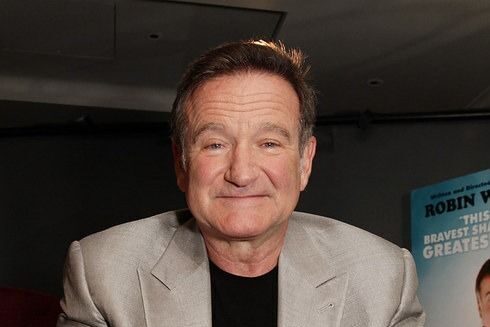
Robin Williams carried an energy that could make people laugh uncontrollably one moment and cry the next. His roles in “Good Morning, Vietnam,” “Mrs. Doubtfire,” and “Dead Poets Society” showed a range that few could match. Off-screen, he was known for kindness, often helping others quietly without the cameras. His humor felt like medicine, healing hearts while lifting spirits. Though his loss was deeply painful, his legacy remains one of joy and compassion. Hollywood loved him because he made the world brighter with his presence, reminding people that laughter and empathy could live side by side.
16. Lucille Ball

Lucille Ball changed comedy forever with I Love Lucy, bringing physical humor and impeccable timing into homes across America. She wasn’t only a brilliant performer; she was a visionary, becoming the first woman to run a major television studio. Her Desilu Productions created classics like Star Trek and Mission: Impossible, proving her influence reached far beyond her own show. Hollywood loved her because she was fearless, witty, and groundbreaking. Audiences adored her for her warmth and laughter. Lucille Ball became a figure who showed women could lead, create, and entertain with brilliance that never lost its shine.
17. James Dean
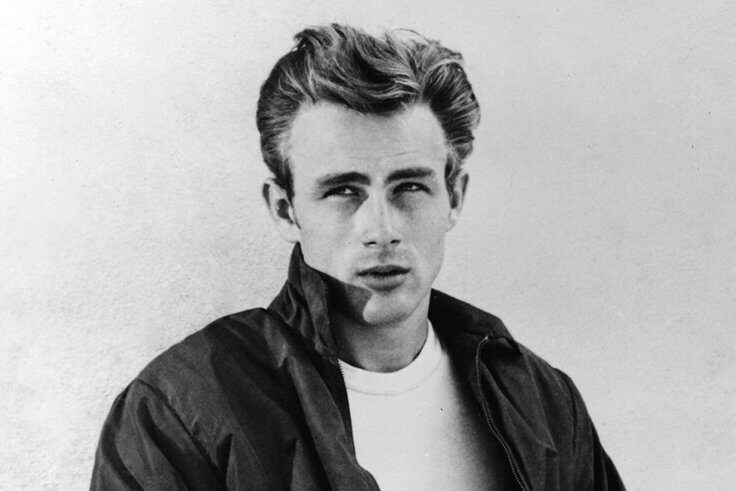
James Dean lived fast but left a mark too powerful to fade. With only three films, including Rebel Without a Cause and Giant, he became a voice for restless youth. His brooding intensity and vulnerability struck chords with audiences who saw themselves in his performances. His life was tragically short, but his influence only grew after his passing. Hollywood loved him because he embodied passion, mystery, and rebellion in a way that felt authentic. Dean became a lasting cultural symbol of heartbreak and defiance, remembered as the star who burned brightly and left behind a permanent legend.
18. Ingrid Bergman
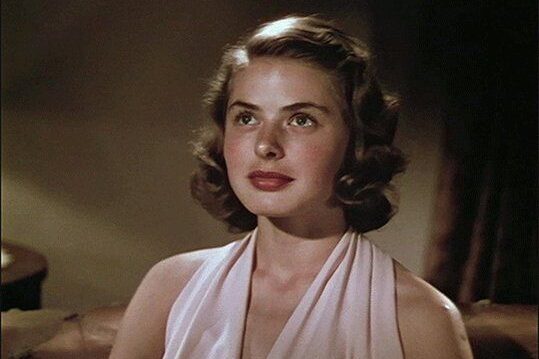
Ingrid Bergman carried natural beauty and quiet strength that made her unforgettable in films like Casablanca and Gaslight. When scandal once threatened her career, she faced it with dignity and returned stronger, showing her resilience to the world. Hollywood loved her for her luminous acting, but audiences admired her for her honesty and grace. She reminded people that imperfections and second chances could coexist with artistry. Bergman was cherished not only as an actress but as a woman who endured, rebuilt, and thrived. Her story made her more human and her legacy even more lasting in film history.
19. Tom Hanks

Tom Hanks became America’s everyman, with roles in Forrest Gump, Saving Private Ryan, and Toy Story that touched hearts across generations. He carried sincerity and warmth in every performance, making audiences believe in his characters. Off-screen, his humility and kindness made him just as admired. Hollywood loved him because he showed consistency and integrity, rare qualities in modern fame. Fans cherished him as someone who always seemed genuine, no matter how big the stage. Tom Hanks remains proof that decency and talent can carry a career, making him one of the most beloved actors of his time.
20. Betty White
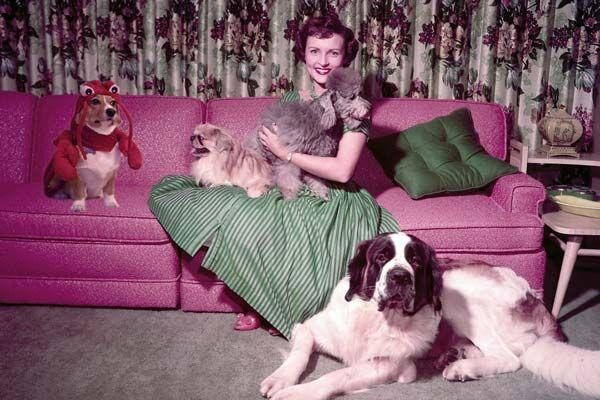
Betty White gave the world laughter for nearly a century, becoming a cultural treasure through The Golden Girls and countless appearances. Her sharp wit and vibrant personality made her adored at every age. White’s love of animals and her resilience in entertainment made her even more special. Hollywood celebrated her longevity, but fans loved her because she always felt approachable, funny, and full of life. She showed that humor has no expiration date, and her presence was always uplifting. Betty White remains a shining example of joy, admired as much for her spirit as for her remarkable career.
21. Clark Gable
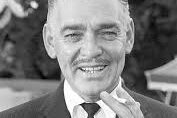
Clark Gable, often called the King of Hollywood, brought rugged charm to the screen that few could rival. His unforgettable role as Rhett Butler in Gone with the Wind made him a romantic icon for generations. Audiences loved his charisma, and his commanding presence always left a lasting impression. Behind the fame, he faced personal struggles, but those never erased his impact on film. Gable embodied the golden era’s definition of a leading man, someone who combined masculinity with magnetism. Hollywood loved him for carrying that title with style, grace, and an enduring appeal that still feels timeless.
22. Grace Kelly
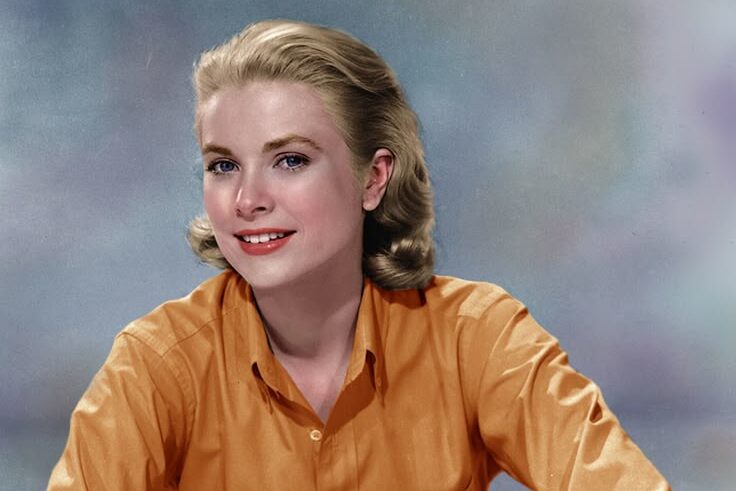
Grace Kelly shined with elegance that seemed effortless, enchanting audiences in Rear Window and To Catch a Thief. Her beauty and poise set her apart in Hollywood, but she left at the height of her career to become Princess of Monaco. That choice only elevated her legend, blending screen stardom with real-life royalty. Fans loved her grace both on and off the screen, and her legacy became one of class and charm. Hollywood adored her because she brought sophistication and warmth in equal measure, proving that true elegance lingers long after the spotlight has moved on.
23. Jack Lemmon
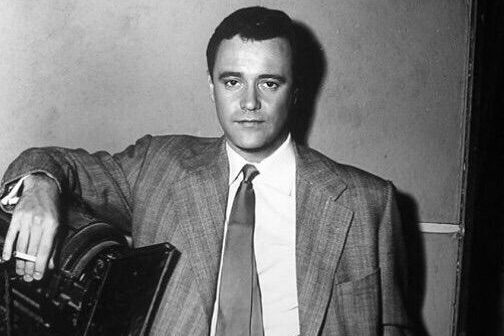
Jack Lemmon had a gift for making characters feel real, whether in comedy or drama. From his playful energy in Some Like It Hot to his layered emotion in The Apartment and later Glengarry Glen Ross, he proved his versatility. Audiences trusted him because he brought warmth to every performance, reminding them of people they knew. Off-screen, he was admired as a genuine gentleman with humility and kindness. Hollywood loved him because he wasn’t just a great actor, he was someone who carried humanity into every role, leaving behind a career filled with both laughter and heart.
24. Judy Garland
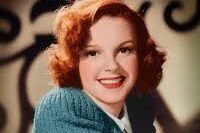
Judy Garland gave Hollywood one of its most iconic moments with The Wizard of Oz, singing Somewhere Over the Rainbow with unmatched vulnerability. Her powerhouse voice and heartfelt performances defined her career, whether on stage or screen. Garland faced struggles in her personal life, but that fragility only deepened the bond audiences felt with her. Fans saw her as both extraordinary and human, someone who carried joy and sorrow openly. Hollywood loved her because she could touch hearts like no one else, and her legacy remains that of a star who made emotions part of her art.
25. Steve McQueen
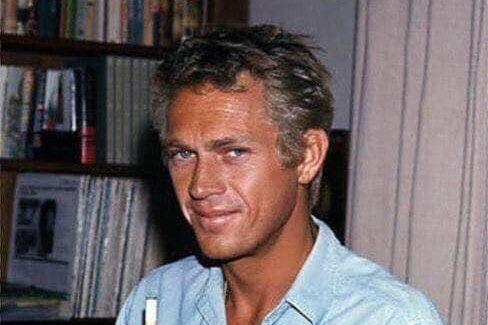
Steve McQueen became the King of Cool by embodying rebellion and effortless charm. Films like The Great Escape and Bullitt made him a box-office sensation, while his love for racing added to his daring persona. Audiences loved him because he didn’t just act tough, he lived with the same edge that his characters carried. His independence and refusal to conform made him a cultural icon of the 1960s and 70s. Hollywood embraced him as a star who redefined masculinity, showing that rugged individuality and charisma could create one of the most magnetic careers in film history.
26. Lauren Bacall
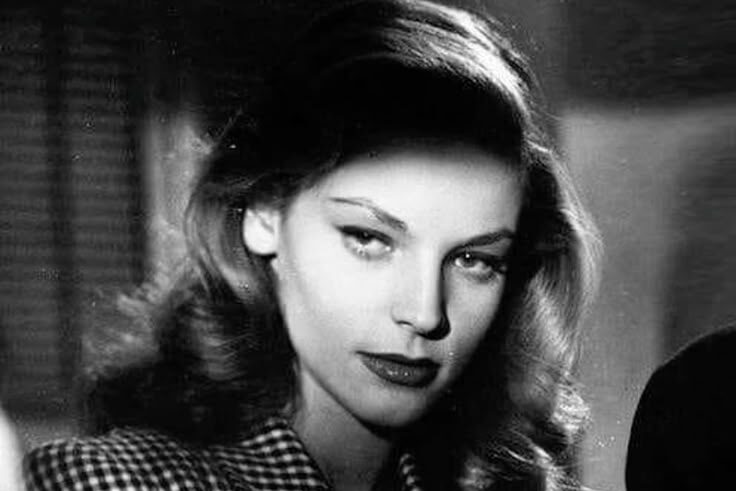
Lauren Bacall’s smoky voice and striking presence in To Have and Have Not made her a star from the moment she appeared. Her romance with Humphrey Bogart became one of Hollywood’s great love stories, cementing her as both glamorous and relatable. Bacall was admired not only for her beauty but for her intelligence and poise, qualities that made her stand out in every era of her career. Audiences adored her because she carried herself with strength, elegance, and wit. Hollywood loved her as a figure who embodied sophistication while also being deeply respected beyond the spotlight.
27. Morgan Freeman
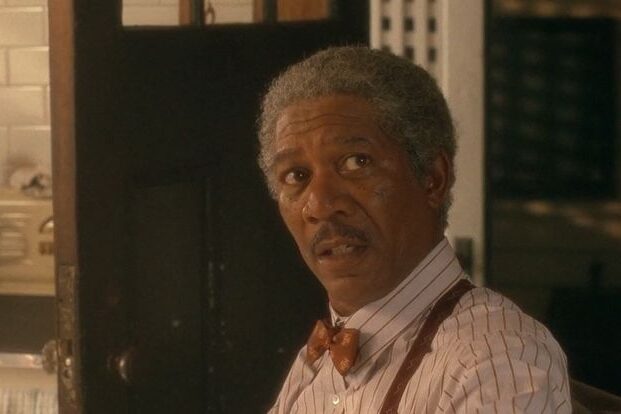
Morgan Freeman became the voice of wisdom in Hollywood, both literally and figuratively. From Driving Miss Daisy to The Shawshank Redemption, his performances carried authority, warmth, and authenticity. Audiences loved him for the dignity he brought to his characters, often portraying figures of guidance and strength. His distinctive presence made him instantly recognizable, and fans trusted him because he always felt sincere. Hollywood embraced him as a reliable and respected figure, admired for both his talent and his character. Freeman remains one of the most beloved stars of his generation, treasured for his steadiness and grace.
28. Shirley Temple
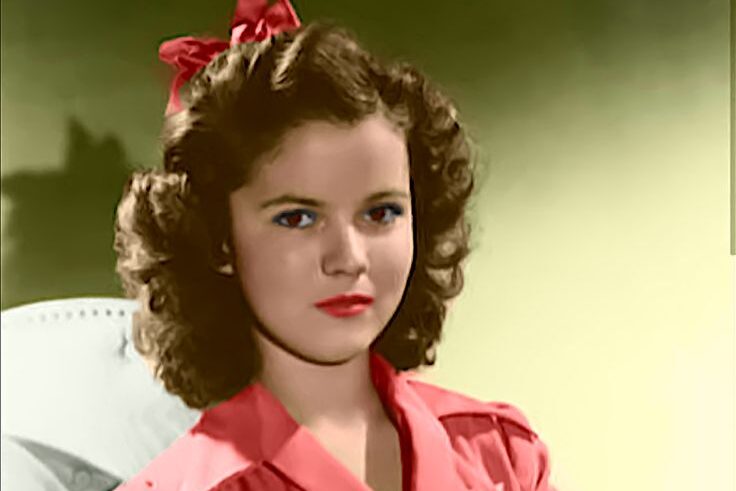
Shirley Temple lit up Hollywood during the Great Depression with her curls, charm, and tap-dancing joy. She gave people hope at a time when they needed smiles the most, becoming the world’s most famous child star. Later, she stepped away from film gracefully and found new purpose in public service, serving as a U.S. diplomat. Audiences loved her for both chapters of her life, first as the little girl who brought cheer, and later as a woman of dignity and strength. Hollywood adored her because she embodied resilience, leaving behind a legacy both sweet and inspiring.
29. Henry Fonda
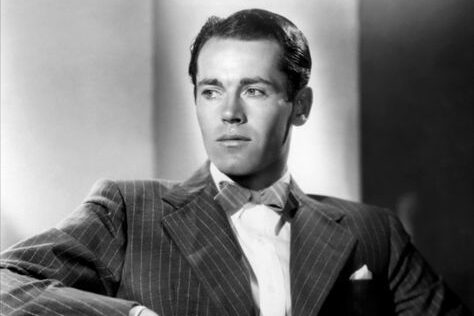
Henry Fonda gave Hollywood an image of quiet strength and honesty. With The Grapes of Wrath and 12 Angry Men, he spoke to audiences as a man of integrity, standing for justice and fairness. His performances often mirrored the struggles of ordinary people, and that connection made him deeply respected. Fans loved him because he never seemed unreachable, always grounded and sincere in every role. Hollywood admired his ability to carry weight with subtlety, proving that greatness didn’t need to be loud. Fonda’s career remains a testament to decency, dignity, and the timeless power of truth.
30. Sophia Loren

Sophia Loren embodied glamour and fire, bringing passion into every role she played. From Italian cinema to Hollywood classics, she showed depth behind her beauty, captivating audiences worldwide. Loren balanced sensuality with strength, creating characters who felt layered and real. Fans loved her because she wasn’t just glamorous, she was resilient, thriving through decades in an industry that often-discarded women. Hollywood adored her because she carried elegance without losing authenticity. Loren became more than a star; she became a symbol of timeless sophistication, admired across cultures for her talent, longevity, and unforgettable presence on screen.
31. Marlon Brando
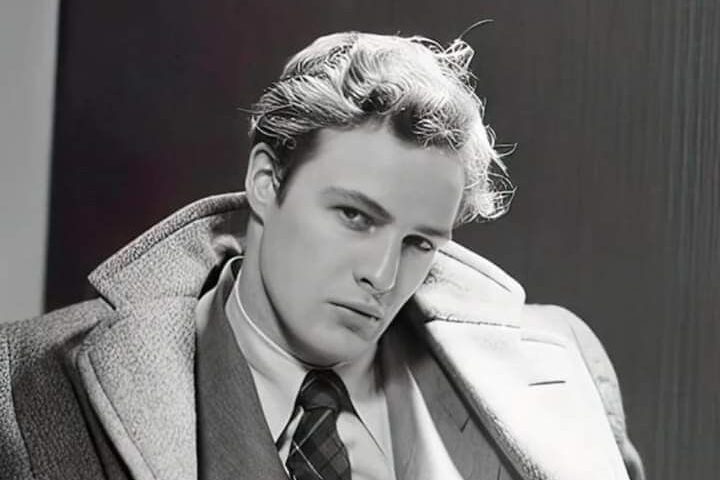
Marlon Brando changed the way acting looked and felt in Hollywood. With his raw power in A Streetcar Named Desire and his unforgettable role in On the Waterfront, he set a new standard for authenticity. Later, The Godfather solidified him as a legend, his quiet intensity creating one of cinema’s most iconic characters. Though he often sparked controversy, Brando’s brilliance could not be denied. Audiences loved him for his bold choices and magnetic presence. Hollywood adored him because he redefined artistry, proving that performances could be both revolutionary and deeply human, leaving an indelible mark on film history.
32. Whoopi Goldberg
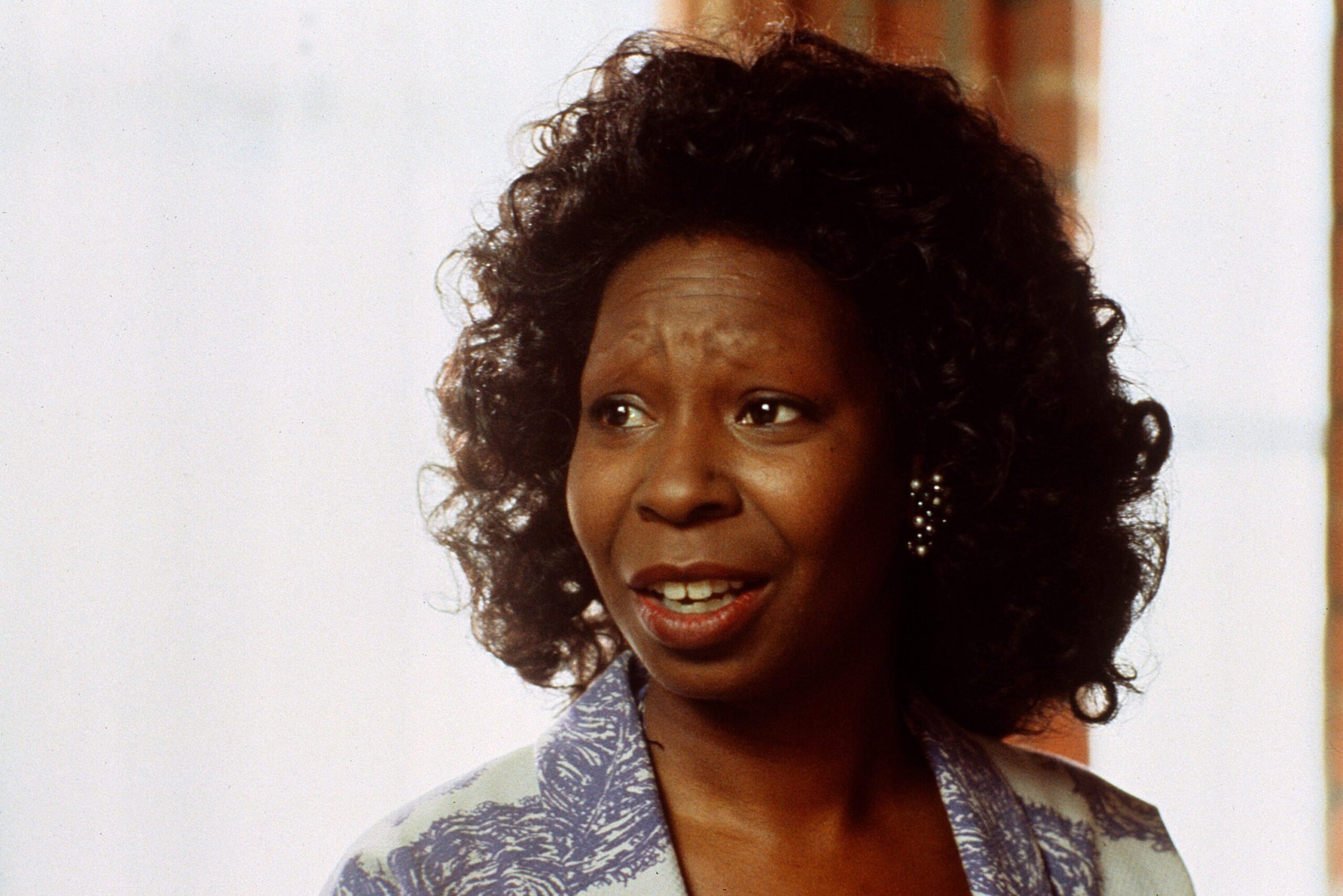
Whoopi Goldberg became a star by breaking barriers with humor, honesty, and range. Her Oscar-winning performance in Ghost and her stirring work in The Color Purple showed she could shine in both comedy and drama. Fans loved her because she felt relatable, blending wit with vulnerability. Beyond film, she became a household name through television, admired—and more recently, sometimes debated—for her outspoken views. Hollywood embraced her as a performer who was fearless and versatile, a woman who didn’t fit into a box but created her own lane. Goldberg remains cherished as both a gifted entertainer and a cultural voice.
33. Charlton Heston
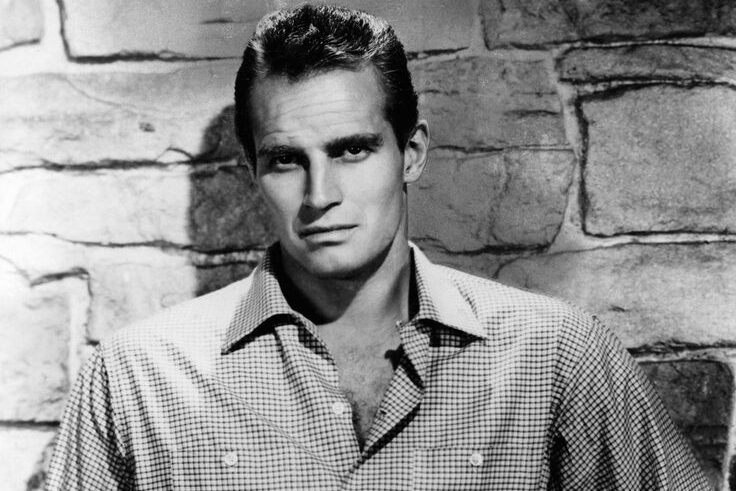
Charlton Heston brought grandeur to the screen with his commanding roles in The Ten Commandments and Ben-Hur. His performances gave epic films the weight they needed, turning him into a household name. Audiences admired his larger-than-life presence and the intensity he carried into every part. Off-screen, he took on leadership roles within Hollywood, cementing his influence even further. While later years brought debates about his activism, his reputation as a remarkable performer endured. Hollywood loved him for his dedication to storytelling on the grandest scale, and his name remains tied to some of cinema’s most ambitious achievements.
34. Bette Davis

Bette Davis was unforgettable for her sharp eyes and even sharper talent. She refused to be typecast, embracing complex roles in films like Jezebel and All About Eve that showed women could be fierce, flawed, and commanding. Her independence in an era of conformity made her stand out, and fans admired her daring approach. Hollywood loved her for her tenacity, as she paved the way for future actresses to demand stronger, more meaningful roles. Davis proved that stardom didn’t require fitting a mold; it required breaking it. Her legacy lives on as a force of bold artistry and determination.
35. John Wayne

John Wayne became the face of rugged Americana, shaping decades of westerns and war films. With his steady voice and towering presence, he embodied the classic hero, a figure audiences admired for his strength and resilience. Films like True Grit and The Searchers made him a household name, and his image came to represent an entire genre. While his personal politics divided some, his film career remained iconic. Hollywood loved him for carrying stories of grit and honor, and fans adored him for his reliability. Wayne remains one of the most recognizable figures in classic American cinema.
36. Natalie Wood
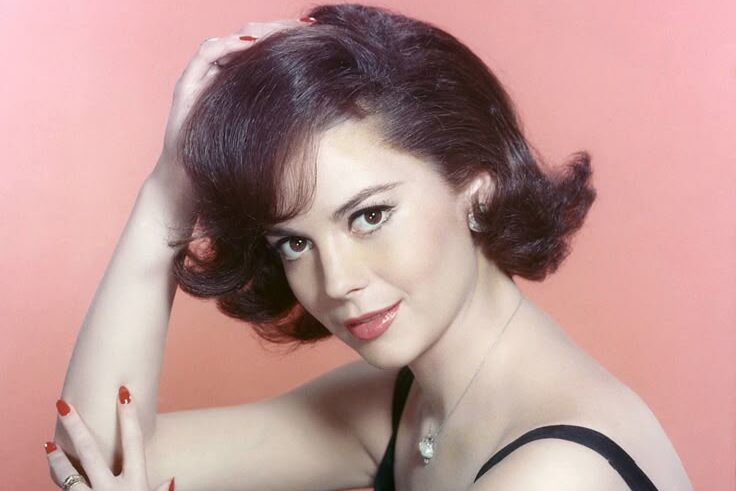
Natalie Wood grew up before the public’s eyes, becoming a star in Rebel Without a Cause and West Side Story. Her beauty, warmth, and vulnerability connected her with audiences in a deeply personal way. She gave performances that felt tender and authentic, always leaving an impression. Fans loved her because she carried both strength and fragility, qualities that made her roles unforgettable. Her tragic early death only added to her mystique, leaving Hollywood mourning a star gone too soon. Yet she remains loved for the light she shared, a legacy marked by talent, sincerity, and enduring charm.
37. Frank Sinatra

Frank Sinatra was a voice that defined an era, but he also found a place as a respected actor. His Academy Award-winning role in From Here to Eternity showed he was more than a singer, while films like The Man with the Golden Arm added depth to his career. Fans loved him for his charisma and style, which seemed to flow effortlessly. Hollywood adored him because he could bridge music and film with equal brilliance. Sinatra’s presence was larger than life, but it was also deeply human, leaving behind a legacy of entertainment that never lost its rhythm.
38. Rita Hayworth

Rita Hayworth became Hollywood’s “Love Goddess,” captivating audiences with her radiant beauty and magnetic screen presence. Films like Gilda showcased her sultry charm, but beyond the glamour, she was admired for her warmth and generosity. Fans loved her because she carried vulnerability beneath the star image, making her relatable. Hollywood adored her as one of the great icons of classic cinema, someone who embodied elegance and allure while still remaining approachable. Hayworth’s legacy is remembered not just in posters and performances but in the way she made audiences feel captivated and comforted all at once.
39. Denzel Washington

Denzel Washington brought intensity and conviction to every role, creating characters who felt both powerful and authentic. From Malcolm X to Training Day, his performances displayed unmatched range, earning admiration across generations. Fans loved him because he carried truth into his roles, often portraying figures who embodied resilience and dignity. Hollywood embraced him as one of the greatest actors of his time, admired for his consistency and integrity. Washington’s legacy continues to grow as he inspires both peers and audiences. He remains deeply loved for his talent, presence, and the commanding humanity he brings to the screen.
40. James Cagney
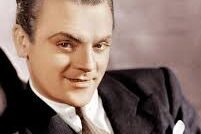
James Cagney made his mark as one of Hollywood’s most dynamic actors, delivering fiery performances in films like Yankee Doodle Dandy and The Public Enemy. He was known for his explosive energy, quick delivery, and ability to make even villains magnetic. Audiences loved his range, from playing patriotic song-and-dance men to tough gangsters who defined an era. Hollywood adored him for his versatility and passion, always bringing life to the screen in a way that felt electric. Cagney’s legacy endures as a performer who could command attention with ease, leaving audiences entertained and inspired.
41. Meryl Streep
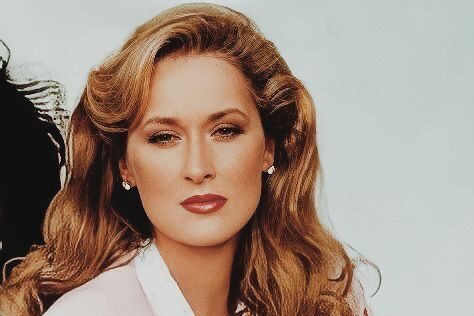
Meryl Streep is often celebrated as the greatest living actress, admired for her unmatched ability to embody any role. From Sophie’s Choice to The Devil Wears Prada, she disappears so completely into her characters that audiences forget they are watching a performance. Critics have long praised her artistry, while fans love her humility and quiet strength. Hollywood cherishes her as both a consummate professional and a cultural icon. Streep’s career reflects the highest standard of acting, blending talent with grace. Her legacy continues to grow, ensuring she remains one of the most beloved stars of her generation and beyond.
42. James Earl Jones
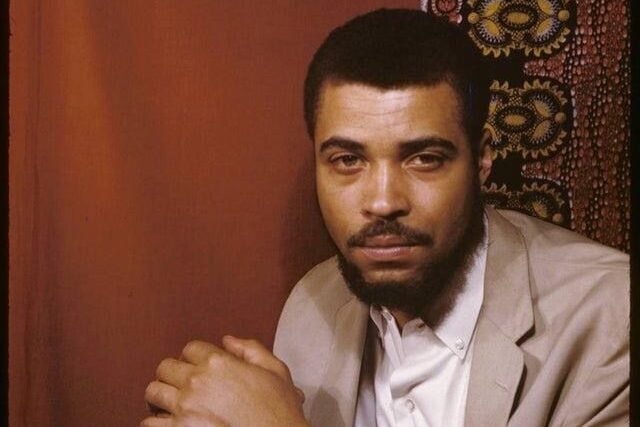
James Earl Jones became a Hollywood treasure with his commanding presence and instantly recognizable voice. From his powerful performance in The Great White Hope to voicing Darth Vader in Star Wars and Mufasa in The Lion King, he gave audiences characters that felt larger than life yet deeply human. Fans loved him for his warmth and integrity, qualities that shone through his work. Hollywood admired his dedication and immense range, celebrating him as one of the great voices in entertainment. Jones remains cherished as an actor whose contributions shaped film and theater, leaving a lasting mark on popular culture.
43. Debbie Reynolds
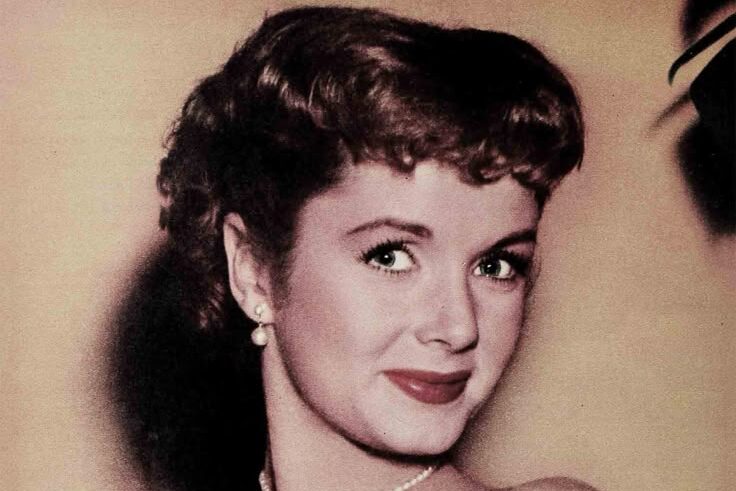
Debbie Reynolds sparkled on screen with her energy and charm, winning hearts in Singin’ in the Rain. Her lively spirit and dazzling performances made her a fan favorite during Hollywood’s golden era, while her resilience kept her admired throughout her career. Off-screen, she was celebrated for her humor, warmth, and strength as she navigated personal challenges. Audiences never stopped loving her because she carried optimism that felt genuine. Hollywood treasured her as a star who embodied joy and perseverance. Reynolds remains remembered as both a captivating performer and a beloved figure whose legacy continues to shine brightly with grace.
44. Harrison Ford

Harrison Ford defined adventure and charisma for generations with roles like Han Solo in Star Wars and Indiana Jones. His rugged charm and wry humor made him both relatable and iconic, the perfect blend of everyday man and cinematic hero. Fans loved him for bringing humanity to epic stories, while Hollywood celebrated his longevity as a bankable star. His performances became cultural touchstones, shaping modern blockbusters. Admired for decades, Ford remains a legend whose characters continue to inspire audiences around the world. His legacy is that of a true Hollywood icon who will always be remembered with affection.
15 Stars Hollywood Sometimes Tried to Forget
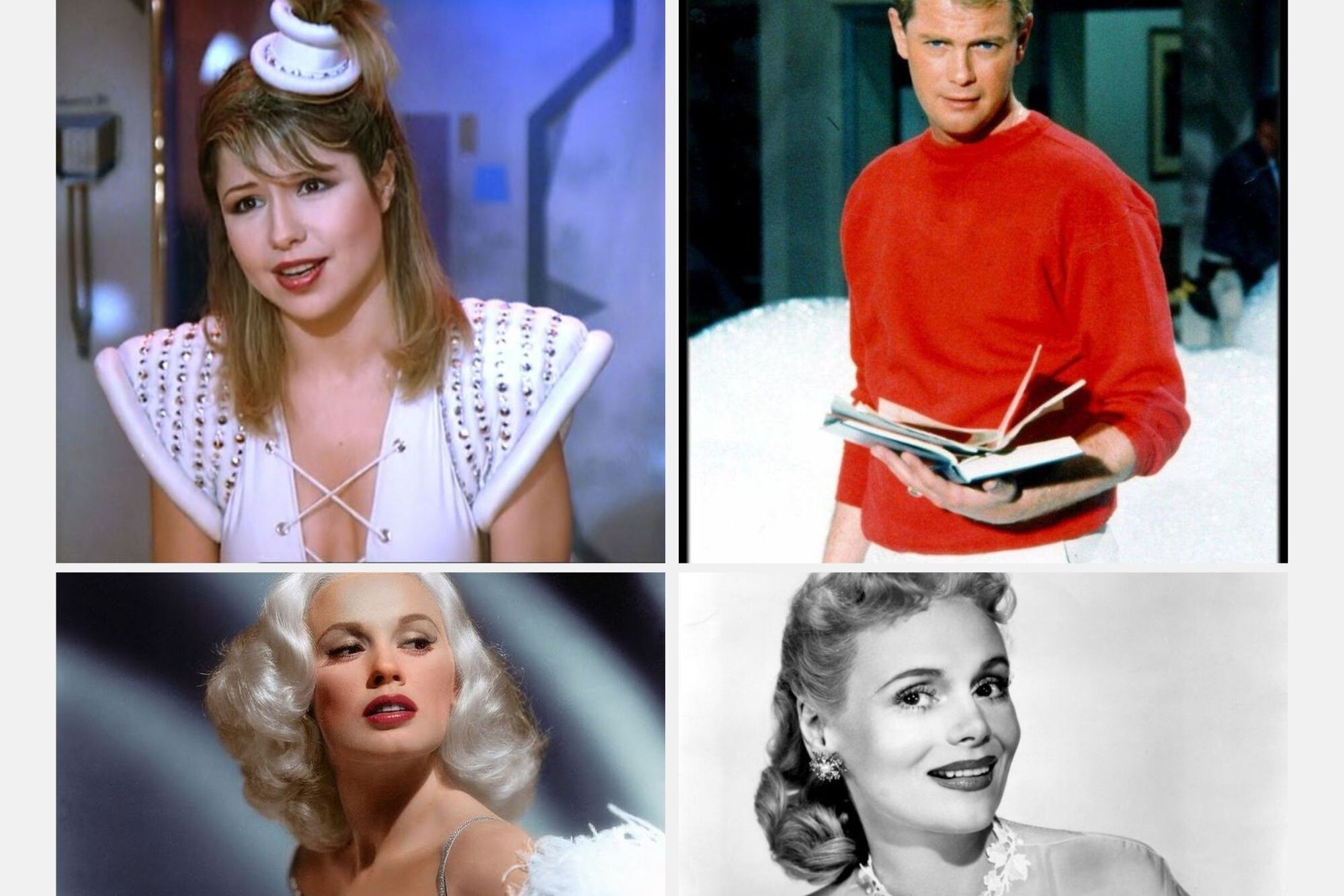
But Hollywood’s spotlight isn’t always kind. For every star it embraced, there were others it left behind. Some were trapped in typecasting, others undone by scandal, bad luck, or personal demons. These stories remind us that fame in Hollywood can be fleeting, and sometimes, merciless.
1. Mamie Van Doren
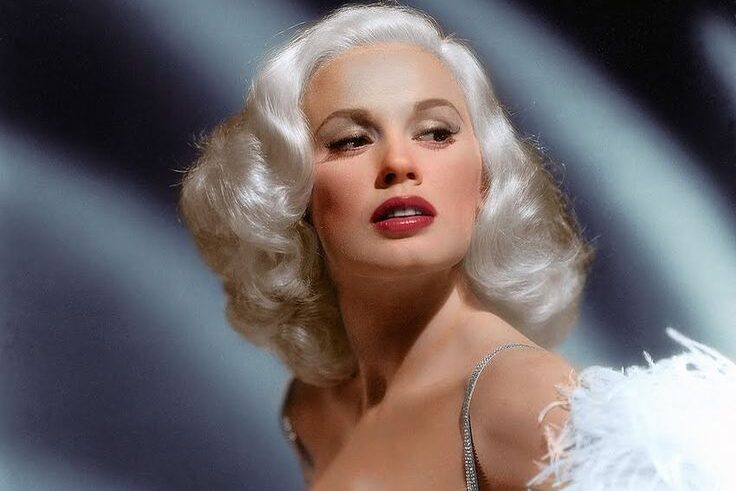
Mamie Van Doren had the curves, charisma, and studio backing to rival Hollywood’s brightest names, yet her career never reached full potential. Marketed as a Marilyn Monroe alternative, she was cast almost exclusively in shallow, sex-kitten roles that gave little chance to show range. Audiences admired her look, but critics rarely took her seriously. Mamie herself admitted she never felt like a real person in those parts. When Hollywood moved away from bombshell branding, her opportunities faded. She tried to reinvent herself, but the typecasting was permanent. Hollywood gave her a box to fit in and discarded her quickly.
2. George Lazenby
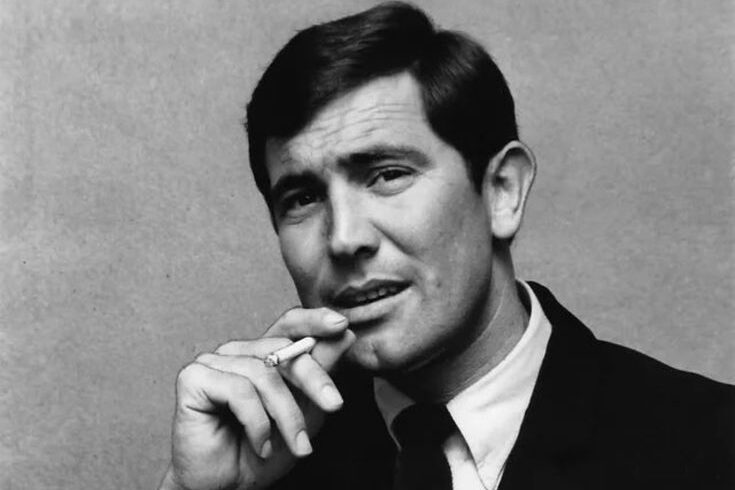
George Lazenby’s story is one of Hollywood’s most famous near-misses. Cast as James Bond in On Her Majesty’s Secret Service, he delivered a performance some later praised but that critics initially viewed with mixed feelings. Behind the scenes, his behavior strained relationships. He shocked producers by walking away from a lucrative multi-film contract, convinced Bond’s appeal would end with the 1960s. Years later, he admitted the choice was foolish. That decision closed doors forever. Hollywood offered no redemption, and Lazenby became more myth than enduring star. His entire legacy narrowed to one role and the career he refused to continue.
3. Marie Wilson
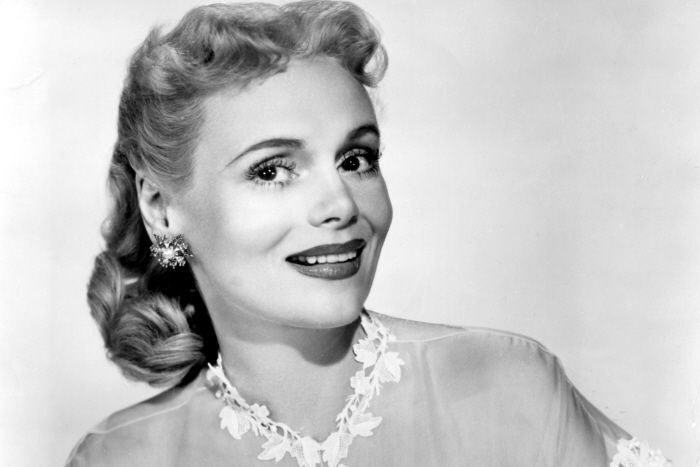
Marie Wilson built her reputation on a comic “dumb blonde” persona, playing wide-eyed, ditzy characters on both radio and film. For a time, it worked. Audiences laughed, and her bubbly style brought recognition. Yet as the industry evolved toward more complex roles for women, her schtick felt dated. Hollywood no longer valued the type she embodied. Though she tried television, the stereotype clung to her, making reinvention impossible. Biographers noted she was capable of more than the one-note performances she was given. Hollywood enjoyed the laugh but ignored the voice behind it, leaving her career to fade into obscurity.
4. Sondra Locke
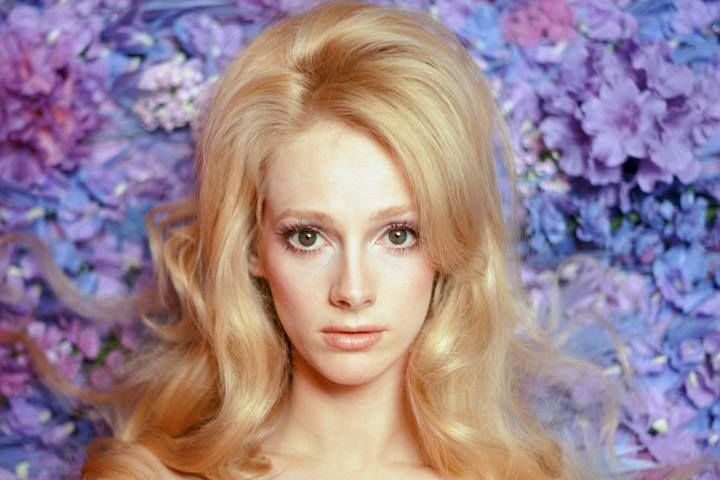
Sondra Locke possessed talent and ambition, but Hollywood tied her identity too closely to Clint Eastwood. Starring alongside him in multiple films and entering a personal relationship, she seemed poised for a strong career. After their split in the late 1980s, however, opportunities evaporated. Locke claimed she was blacklisted, alleging studios retaliated against her. Lawsuits followed, but the damage to her career proved irreversible. Hollywood recognized her potential yet quietly turned away once she stopped being linked to Eastwood. In the end, her body of work was overshadowed by the relationship that both launched and destroyed her chance at longevity.
5. Troy Donahue

Troy Donahue captured hearts in the 1950s and early 1960s with his tall frame, golden hair, and square-jawed appeal. Films like A Summer Place cemented him as a teen idol. Yet critics dismissed his acting as wooden, branding him more face than talent. As Hollywood shifted toward grittier, more naturalistic performances, Donahue seemed out of step. His popularity declined, compounded by struggles with addiction and money. Though he made occasional appearances in nostalgic projects, he never regained stature. His fame proved fleeting, built largely on image. Donahue’s career illustrates how Hollywood can embrace beauty but abandon it when fashions change.
6. Pia Zadora
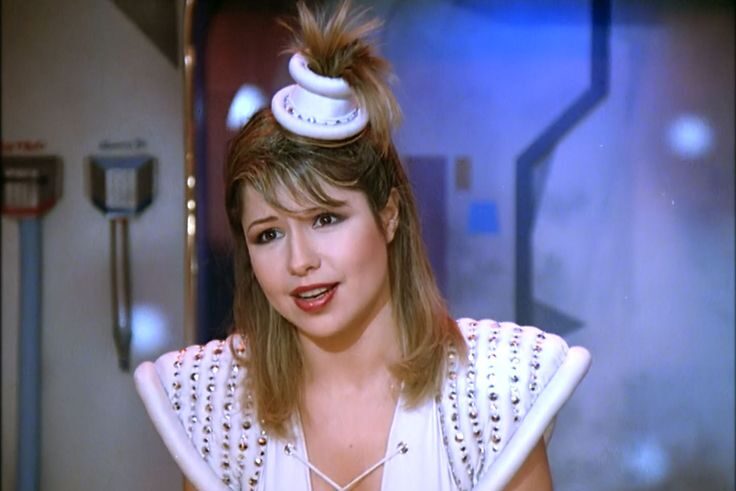
Pia Zadora burst into Hollywood with enormous publicity fueled by her wealthy husband’s influence. When she won a Golden Globe for Butterfly in 1982, outrage followed. Many critics accused her camp of buying the award. Roger Ebert and other reviewers savaged the film, cementing her as a punchline. Although she found later success in music and live performance, her reputation as an actress never recovered. Industry figures dismissed her as manufactured fame, not earned talent. Roles dried up quickly. Zadora became a cautionary tale of how money can buy attention but not respect, and Hollywood rarely forgives that perception.
7. Tab Hunter

Tab Hunter embodied classic Hollywood charm, with matinee-idol looks and a carefully crafted image. Marketed heavily during the studio era, he became a teenage heartthrob. Yet behind the scenes, he lived a closeted life in a time when being openly gay would have destroyed his career. “I was being molded into someone I wasn’t,” he later admitted. When the studio system collapsed, so did the machinery keeping him in the spotlight. Roles dwindled, and Hollywood largely moved on. Decades later, his memoir gave him overdue respect. Still, his prime years reflect an era when personal truth could cost everything.
8. Bela Lugosi
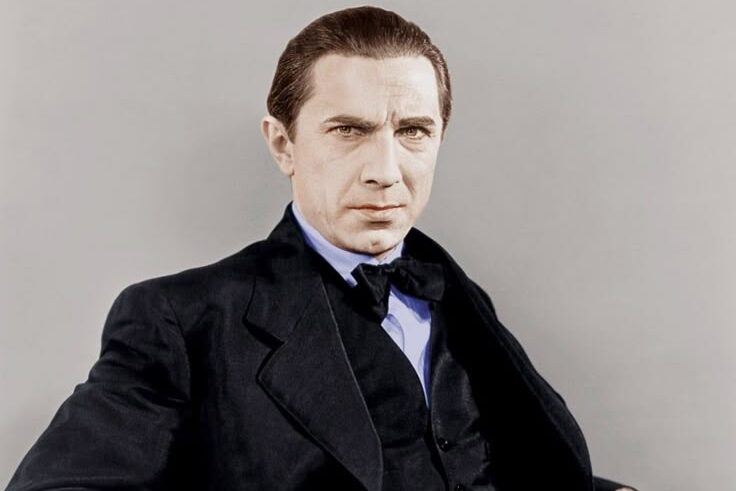
Bela Lugosi’s portrayal of Dracula remains one of cinema’s defining performances, yet it became a lifelong curse. His heavy accent and striking presence trapped him in typecasting. While contemporaries like Boris Karloff diversified into numerous roles, Lugosi found himself stuck in low-budget horror films, his talent undervalued. His later years were marked by addiction and poverty. Though adored by horror fans, Hollywood dismissed him as a relic, unwilling to see beyond the cape. Buried in his Dracula costume, Lugosi became the tragic symbol of a performer defined by one unforgettable role that eclipsed all other chances for reinvention.
9. Linda Darnell
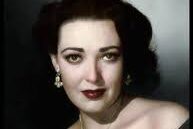
Linda Darnell lit up the screen with undeniable beauty and soft intensity, starring in films such as Forever Amber. Hollywood, however, typecast her in glamorous roles that prioritized her looks over her depth as an actress. By her thirties, leading parts had disappeared. Off-screen struggles and career disappointments added weight. Her life ended tragically in a house fire at just 41. Few in Hollywood spoke her name afterward, as if the industry had already forgotten her. Darnell’s story reflects the fragility of fame for women whose value was tied to youth and beauty rather than lasting respect for talent.
10. Maria Montez
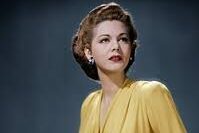
Maria Montez became known as the “Queen of Technicolor,” dazzling audiences in 1940s fantasies such as Arabian Nights. Draped in jewels and exotic costumes, she provided escapism during wartime. Yet the roles were shallow, designed more for spectacle than substance. Montez yearned for serious opportunities, but Hollywood never gave her the chance. Critics dismissed her, and when she died unexpectedly at 39, her legacy was barely acknowledged. She had brought color and magic to audiences, yet the industry remembered her only for costumes and fantasy. Hollywood’s refusal to let her grow beyond stereotype kept her ambitions forever unfulfilled.
11. Jean Seberg

Jean Seberg’s luminous turn in Breathless made her an international icon. In America, however, her career was overshadowed not just by Hollywood indifference but by political persecution. Her support for civil rights and the Black Panthers placed her under FBI surveillance. A smear campaign planted lies in the press, damaging her reputation and career. She admitted that the media inflicted wounds deeper than government agents. Hollywood did not protect her; it turned away. Her career opportunities vanished, leaving her isolated. Seberg’s life ended tragically, and her story remains a haunting reminder of how politics can silence promising voices.
12. Tony Curtis
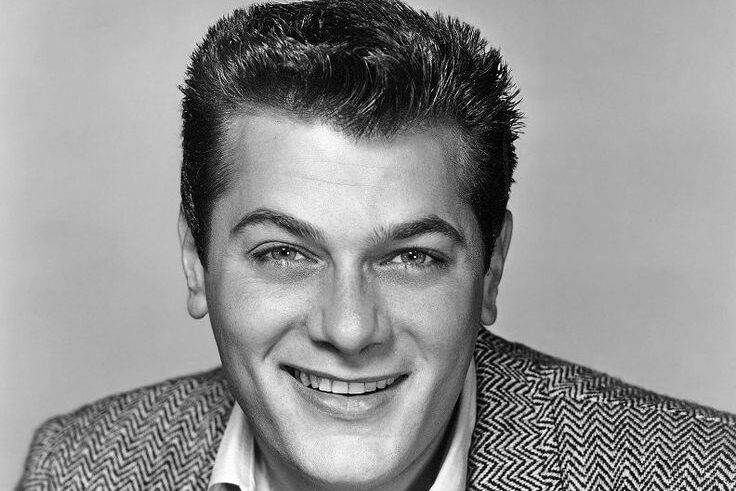
Tony Curtis rose to fame as one of Hollywood’s brightest matinee idols, with charm and charisma that carried him into blockbusters like Some Like It Hot and Spartacus. Yet as he aged, his career declined. Hollywood seemed uncertain where to place him once his youthful looks faded. Critics doubted his versatility, and personal troubles including multiple divorces and substance struggles tarnished his image. Though he worked steadily, the quality of roles diminished. His greatest successes were remembered while much of his skill was overlooked. Hollywood reduced Curtis to a handful of classics, leaving the full scope of his talent forgotten.
13. Tippi Hedren
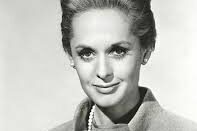
Tippi Hedren burst into stardom under Alfred Hitchcock with The Birds, her elegance and poise making her unforgettable. Behind the glamour, however, Hitchcock’s obsessive control shaped and damaged her career. After rejecting his unwanted advances, she claimed he deliberately blocked future opportunities. Hedren later said he ruined her career but not her life. She continued to act in smaller films and became an animal rights activist, but Hollywood never offered roles as grand again. Her experience reflected an industry unwilling to challenge powerful men. While her talent remained, Hollywood moved on, leaving her to find fulfillment beyond the screen.
14. Mickey Rourke

Mickey Rourke electrified audiences in the 1980s with raw, magnetic performances in films like The Pope of Greenwich Village and 9½ Weeks. Many believed he was destined to join the pantheon of greats. Yet his volatile behavior, clashes with directors, and ill-fated boxing career derailed his momentum. He later admitted he sabotaged himself through recklessness. Though his comeback in The Wrestler earned acclaim, Hollywood’s trust never fully returned. Projects grew fewer, and he became a symbol of squandered promise. Rourke had talent that could rival legends, but his self-destruction left him remembered more for what might have been.
15. Peg Entwistle
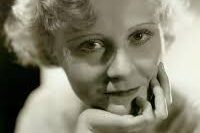
Peg Entwistle remains best known not for her brief career but for her tragic end. A promising Broadway actress, she came to Hollywood seeking opportunity during the early sound era. After landing a small part in Thirteen Women, she struggled to find more work. Facing hardship, she took her life at 24, leaping from the “H” of the Hollywoodland sign. Her death became legend, overshadowing her talent. She never had the chance to prove herself. Hollywood did not fail her directly but offered no safety net. Peg’s story lingers as a haunting reminder of fragile dreams cut devastatingly short.
16. Barbara Payton
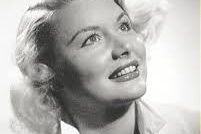
Barbara Payton’s career began with extraordinary promise, starring opposite leading men like James Cagney and Gary Cooper. Her beauty and charisma seemed destined for longevity. But her personal life unraveled in scandals, substance issues, and a series of destructive relationships. Hollywood distanced itself quickly, and her name shifted from studio billing to tabloid headlines. She descended into poverty, chronicling her own downfall in a brutally candid memoir. By the time of her death at 39, the industry had abandoned her. Once celebrated, she became forgotten. Payton’s story shows how quickly fame can turn cruel when mistakes overshadow ability.
17. Kevin Spacey

Kevin Spacey once stood at the pinnacle of acting, acclaimed for his skill in films like American Beauty and for his command on stage and television. His fall was swift. In 2017, allegations of sexual misconduct emerged, leading to industry backlash. Netflix cut ties, films were shelved, and his career collapsed. Once praised for his intensity, he became a cautionary tale of acclaim undone by personal conduct. Hollywood moved decisively to erase him, distancing itself in ways rarely seen.
On a personal note, I admired his talent deeply — from his mesmerizing turn as Keyser Söze in The Usual Suspects, to his Oscar-winning role in American Beauty, to his work in L.A. Confidential, and of course as President Frank Underwood in House of Cards. I do miss seeing that artistry on screen; whatever one thinks of the man, losing an actor of that caliber is undeniably a loss to film and television.
18. Armie Hammer
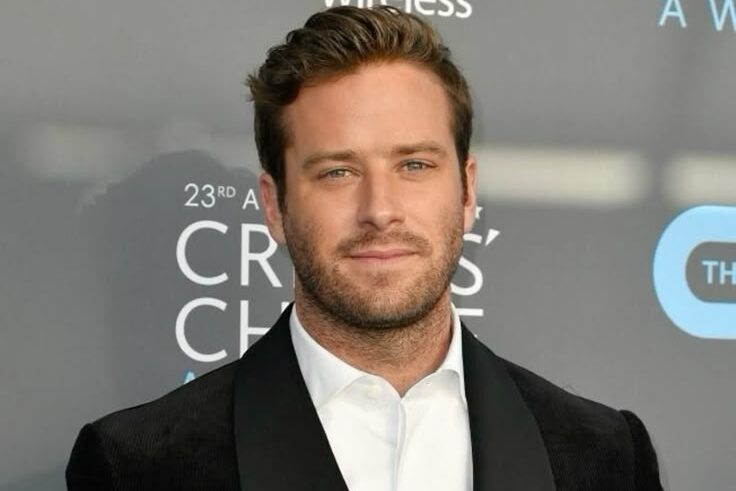
Armie Hammer appeared destined for superstardom after performances in The Social Network and Call Me by Your Name. With his charisma, height, and versatility, he embodied the image of a leading man. But allegations of abusive behavior surfaced in 2021, and his career unraveled almost overnight. Agencies severed ties, studios dropped him, and projects were recast. Once a magazine-cover fixture, he became tabloid fodder. Hollywood, which once welcomed him as the next big thing, turned away entirely. Hammer’s fall demonstrates how fragile fame has become, with personal scandal swiftly eclipsing professional promise and erasing a career once full of potential.
19. Katherine Heigl
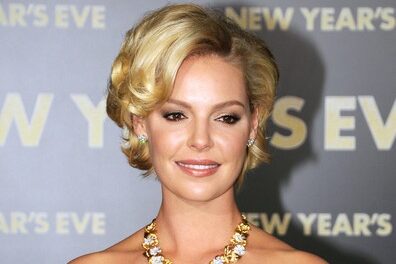
Katherine Heigl emerged as a star through Grey’s Anatomy and romantic comedies like 27 Dresses, briefly becoming one of Hollywood’s most bankable actresses. Her downfall came not from scandal but from reputation. She publicly criticized her own projects, clashed with colleagues, and withdrew from Emmy contention, fueling a narrative of difficult behavior. Studios hesitated, and her once-bright career dimmed. Though she later found steady work in television, her film prospects never fully recovered. Heigl’s trajectory highlights how perception matters in Hollywood. Talent opened doors, but image kept them closed. Her story reflects the difficulty of repairing reputational damage.
20. Charlie Sheen
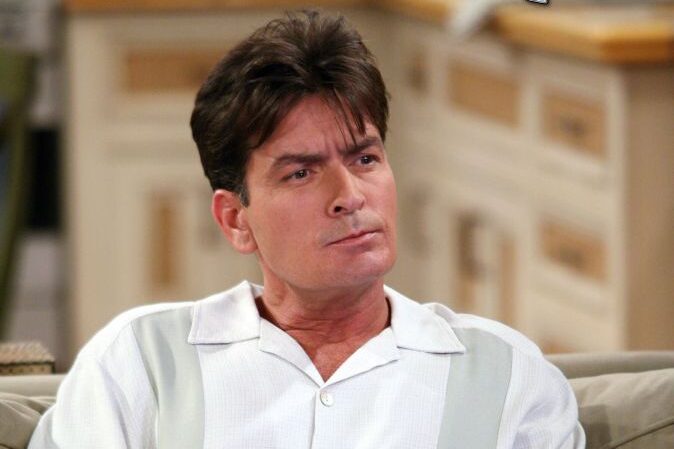
Charlie Sheen once stood as one of television’s biggest stars, leading Two and a Half Men with sharp comedic timing and drawing massive ratings. At his peak, he was the highest-paid actor on TV. But public meltdowns, bizarre interviews, and substance abuse derailed everything. His infamous “winning” rants became cultural jokes rather than triumphs. Fired from his show, his career spiraled, and attempts at redemption faltered. Hollywood, once forgiving, now kept its distance. Sheen became a symbol of squandered opportunity, his legacy shaped less by his talent than by self-destruction played out for the world to see in spectacular fashion.
21. Shia LaBeouf
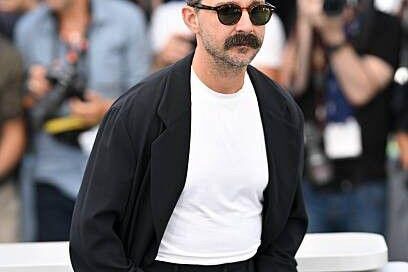
Shia LaBeouf rose from Disney Channel beginnings to international stardom with Transformers and acclaimed indie films, showing both charisma and raw intensity. Yet his off-screen controversies, from arrests to public breakdowns and troubling abuse allegations, steadily overshadowed his craft. Once hailed as fearless, he became viewed as volatile and unpredictable. While respected directors occasionally cast him, Hollywood’s trust evaporated, leaving his career unstable. LaBeouf symbolizes the fragility of young fame and the dangers of unchecked chaos. His trajectory proves that even extraordinary talent cannot survive when scandal and self-destruction dominate the headlines more than the work itself ever could.
22. Lindsay Lohan
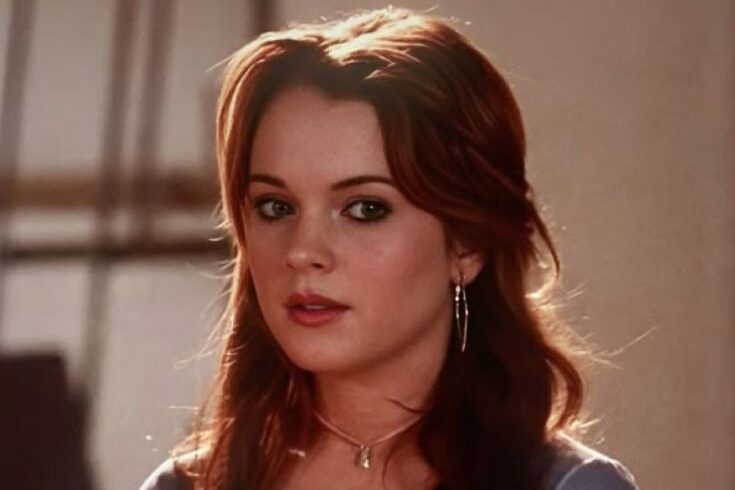
Lindsay Lohan once embodied Hollywood promise, captivating audiences with The Parent Trap and achieving full stardom through Mean Girls. Critics and fans believed she would become a defining actress of her generation. However, substance struggles, legal troubles, and relentless tabloid coverage shifted the spotlight away from her craft. Attempts at comebacks never quite stuck, and her film opportunities grew increasingly limited. While her name remains part of pop culture, it is tied more to spectacle than artistry. Lohan’s story stands as one of modern Hollywood’s starkest cautionary tales, showing how early fame without stability can quickly unravel into lasting chaos.
23. Roseanne Barr

Roseanne Barr made television history with her groundbreaking sitcom, celebrated for portraying working-class life with humor and grit. Her influence shaped how families were represented on screen, and her 2018 reboot initially seemed triumphant. Then a single racist tweet led to the show’s immediate cancellation, erasing years of effort in one night. Barr tried to rebrand herself outside the industry, but Hollywood’s response was swift and final. Once admired as a fearless voice for everyday people, she became synonymous with self-sabotage. Her downfall is a powerful reminder of how, in the digital age, words alone can destroy entire careers.
24. Fatty Arbuckle
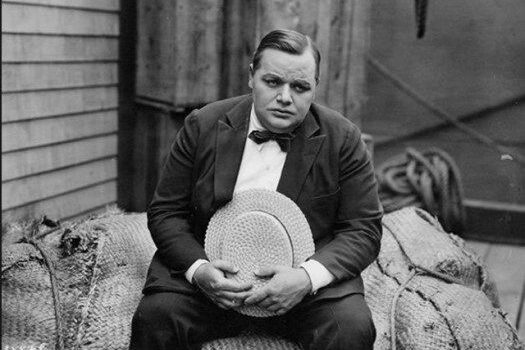
Roscoe “Fatty” Arbuckle was among Hollywood’s first megastars, admired for his joyous comedy and commanding presence on screen. At his peak, he signed a million-dollar contract, unheard of in the early 1920s. But his career collapsed after a scandal involving actress Virginia Rappe. Though he was acquitted of all charges after three trials, public opinion and studio pressure destroyed his reputation. Arbuckle’s films were banned, and his name became inseparable from disgrace. He never recovered professionally and died young, shunned by the industry he helped build. His story remains one of Hollywood’s most devastating reminders of scandal’s irreversible power.
25. Judy Holliday

Judy Holliday burst onto the screen with remarkable comic brilliance, her Academy Award-winning turn in Born Yesterday securing her place among Hollywood’s brightest talents. Known for her blend of intelligence, charm, and vulnerability, she seemed destined for decades of success. Yet Hollywood kept her confined to “dizzy blonde” roles, limiting her artistic range. More tragically, her life and career ended far too soon when she died of cancer at 43. Critics and colleagues admired her deeply, but the industry never gave her the variety she deserved. Holliday’s legacy is bittersweet, proof that brilliance can shine brightly yet far too briefly.
26. Ed Wood

Ed Wood aspired to greatness as a director but instead earned infamy for making what many consider the worst films ever created. Works like Plan 9 from Outer Space were dismissed as incompetent, and Hollywood gave him no support or respect. Mocked in his lifetime, he struggled in obscurity, with poverty and ridicule following him until his death. Only decades later did cult fans and Tim Burton’s film Ed Wood (photo above is Johnny Depp portraying him) recast him as a passionate outsider. Yet the belated appreciation came too late. Hollywood never embraced him while alive, leaving his name remembered more for ridicule than true artistry.
This story was first published on Daily FETCH


